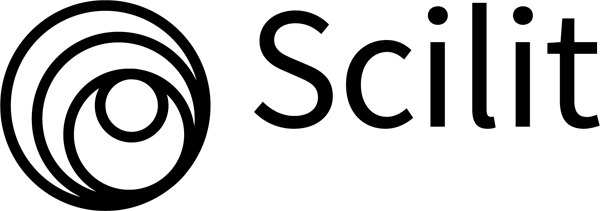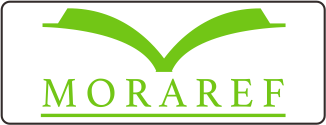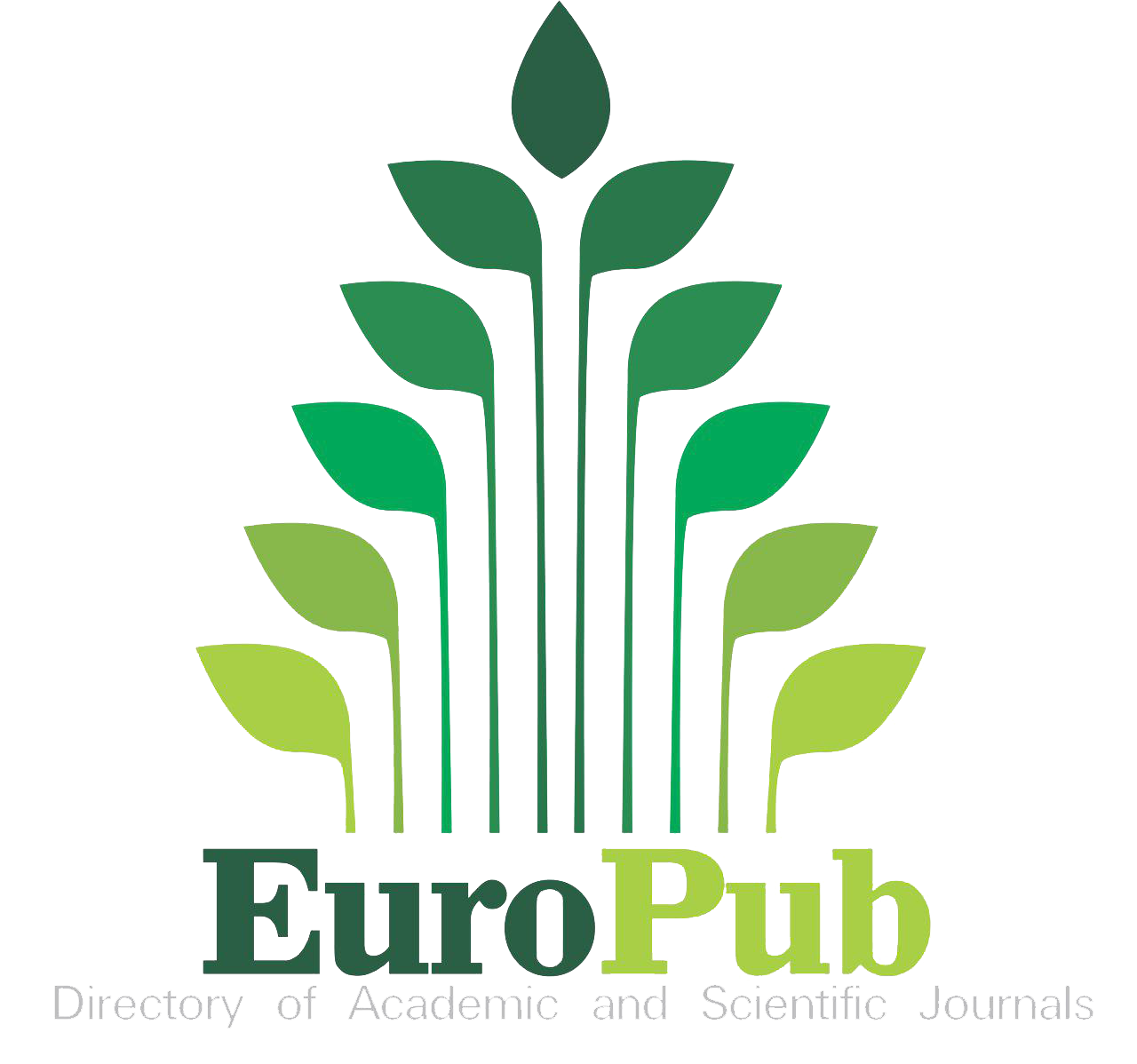Respon Morfologis dan Fisiologis Tanaman Melon (Cucumis melo) dengan Penambahan Ekstrak Kulit Pisang Kepok (Musa paradisiaca)
Abstract
Penelitian ini bertujuan untuk mengkaji pengaruh ekstrak kulit Pisang Kepok terhadap respon morfologis dan fisiologis tanaman melon. Penelitian dilaksanakan pada bulan Februari sampai dengan Mei 2021 di Taman Suruh Kabupaten Banyuwangi dengan ketinggian tempat 300 m dpl. Desain penelitian adalah Rancangan Acak Lengkap (RAL) dengan 5 perlakuan dan 5 ulangan sehingga didapatkan 30 plot penelitian, yakni P0 = tanpa ekstrak kulit Pisang Kepok (EKP); P1 = 30 ml EKP; P2 = 40 ml EKP; P3 = 50 ml EKP dan P4 = 60 ml EKP. Data diamati setiap minggu dari minggu pertama hingga minggu ke 4. Parameter tanaman yang diamati dibagi menjadi 2 karakter, yakni morfologis dan fisiologis. Karakter morfologis, yakni tinggi tanaman, jumlah daun, dan luas daun. Adapun karakter fisiologis, yakni kandungan klorofil pada daun tanaman melon pada saat panen. Konsentrasi klorofil total, klorofil a dan klorofil b dihitung dengan metode Wintermans & de Mots. Data dianalisis dengan menggunakan uji F pada nilai α = 5%, jika ditemukan perlakuan yang berbeda nyata, selanjutnya data diuji dengan uji Beda Nyata Terkecil (BNT) pada taraf 5%. Hasil penelitian menunjukkan bahwa respon morfologis dan fisiologis tanaman melon menunjukkan adanya perbedaan yang signifikan ketika ditambahkan ekstrak kulit Pisang Kepok. Pemberian ekstrak kulit Pisang Kepok dengan dosis 50 mL per tanaman memberikan respon morfologis dan fisiologis terbaik pada tanaman melon.
Kata Kunci:
Melon; POC; Kulit Pisang Kepok; Morfologis; Fisiologis
Morphological and Physiological Response of Melon Plant (Cucumis melo) with the Addition of Kepok Banana Peel Extract (Musa paradisiaca)
ABSTRACT
The aims of the study were to examine the Kepok Banana peel extract on the morphological and physiological responses of melon plants. This research was carried out from February to May 2021 in Taman Suruh, Banyuwangi Regency with an altitude of 300 m above sea level. The research design was a Complete Randomized Design (CRD) with 5 treatments and 5 tests so that 30 research plots were obtained, namely P0 = without Kepok Banana peel extract (EKP); P1 = 30 ml EKP; P2 = 40 ml EKP; P3 = 50 ml EKP and P4 = 60 ml EKP. Data are observed weekly from the first week to fourth week. The observed plant parameters were divided into 2 characters, namely morphological and physiological. Morphological character, namely plant height, number of leaves, and leaf area. As for the physiological character, namely the chlorophyll content in the leaves of melon plants at the time of harvest. The total chlorophyll, chlorophyll a and chlorophyll b concentrations were calculated by the Wintermans & de Mots method. The data were analyzed using the F test at a value of α = 5%, if a real different treatment was found, then the data was tested with the Smallest Real Difference (BNT) test at a level of 5%. The results showed that the morphological and physiological responses of melon plants showed significant differences when added to the peel extract of Kepok Banana. The dosage of 50 mL of EKP per plant was the dose that gives the best morphological and physiological response results in melon plants.
Keywords
Full Text:
PDFReferences
Ai, Song, N. & Banyo, Y. (2011). Konsentrasi Klorofil Daun Sebagai Indikator Kekurangan Air pada Tanaman. Jurnal Ilmiah Sains, 11(2).
Alamsyah, N., Djamil, R. & Rahmat, D. (2016). Antioxidant Activity of Combination Banana Peel (Musa paradisiaca) And Watermelon Rind (Citrullus vulgaris) Extract in Lotion Dosage Form. Asian Journal of Pharmaceutical and Clinical Research. 9(3).
Badan Pusat Statistik. (2021). Statistik Tanaman Sayuran dan Buah -buahan Semusim. Badan Pusat Statistik Indonesia. Direktorat Jenderal Hortikultura.
Fauteux, F., Borel, R. W., Menzies, J. G., & Bélanger, R. R. (2005). Silicon and plant disease resistance against pathogenic fungi. FEMS Microbiology Letters, 249(1), 1–6. https://doi.org/10.1016/j.femsle.2005.06.034
Gardner, F. P., Pearce, R. B. & Mitchell, R. L. (1991). Fisiologi Tanaman Budidaya. (diterjemahkan dari Physiologi of Crop. Penerjemah : Herawati Susilo). UI-Press, 428.
Kristianingsih. (2010). Produksi Benih Melon (Cucumis melo L) unggul di Multi Global Agrindo (MGA), Karangpan dan Karanganyar. Fakultas Pertanian UNS.
Majid, S. I. (2012). Pengaruh Pemangkasan terhadap Pertumbuhan dan Hasil Beberapa Varietas Tomat.
Patrick, B. (2017). Using Banana Peels in the Garden Survival at Home. http://survivalathome.com/using-banana-peels-in-the-garden/
Pranata, A. E. (2021). Pemanfaatan Limbah Kulit Pisang Sebagai Bahan Organik Pada Kultur In vitro Tanaman Tin (Ficus carica. L). Prosiding UMY Grace, 2(2). UMY Press.
Saragih, E. F. (2016). Pengaruh Pupuk Cair Kulit Pisang Kepok (Musa paradisiaca forma typica) terhadap Pertumbuhan Tanaman Sawi Caisim (Brassica juncea L). Skripsi. Yogyakarta: Universitas Sanata Dharma.
Sarief, E. S. (1986). Kesuburan dan Pemupukan Tanah Pertanian. Bandung: Pustaka Buana.
Sasmitamihardja, D. (1990). Penuntun Praktikum Fisiologi Tumbuhan. Bandung: ITB.
Soeryoko, H. (2011). Kiat Pintar Memproduksi Kompos dengan Pengurai Buatan Sendiri. Yogyakarta: Lily Publisher.
Supriyadi. (2007). Pisang; Budidaya, Pengolahan, dan Prospek Pasar. Jakarta: Penebar Swadaya.
Susanti, V. & Destyawati. (2019). The Use of Yellow Kepok Banana Peel Extract (Musa paradisiaca L. Var bluggoe) as an Antibacterial for Chronic Periodontitis Caused by Porphyromonas gingivalis. Journal of Physics: Conference Series.
Tuapinaya & Tutupoly. (2014). Pengaruh pemberian pupuk kulit pisang ambon terhadap pertumbuhan dan produksi cabai rawit (Capsicum frutesens). Jurnal Biologi, Pendidikan, dan Terapan, 1 (1), 15-23.
Wasir, A. Gul. Z., & Hussain, M. (2018). Comparative Study of Various Organisc Fertilizer Effect on Growth and Yield of Two Economically Important Crops, Potato and Peas. Agricultural Sciences, 9(6).
DOI: http://dx.doi.org/10.26737/var.v5i2.3683
Refbacks
- There are currently no refbacks.

This work is licensed under a Creative Commons Attribution-NonCommercial 4.0 International License.
Publisher:
Institute of Managing and Publishing of Scientific Journals, STKIP Singkawang
Address : STKIP Singkawang, Jalan STKIP - Kelurahan Naram, Singkawang, Kalimantan Barat, INDONESIA, 79251
No. Telp. : +62562 420 0344
No. Fax. : +62562 420 0584
VARIABEL
e-ISSN : 2599-3038
p-ISSN : 2599-302X

Editor in Chief Contact: [email protected] / [email protected] /Wa : +6285310307312
Publisher Contact: [email protected] / [email protected] / Wa: +6282142072788
Management Tools
VARIABEL IS INDEXED BY
Variabel is licensed under a Creative Commons Attribution-NonCommercial 4.0 International License.
























